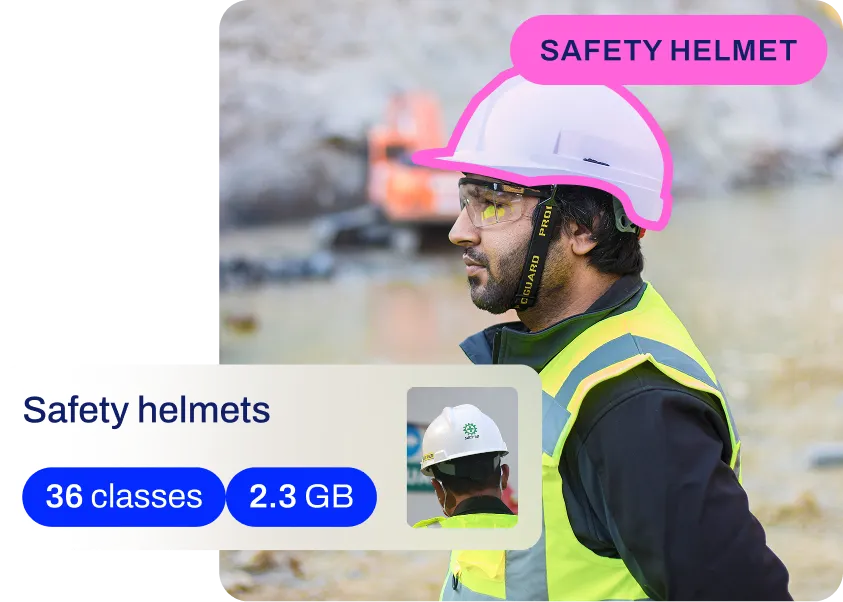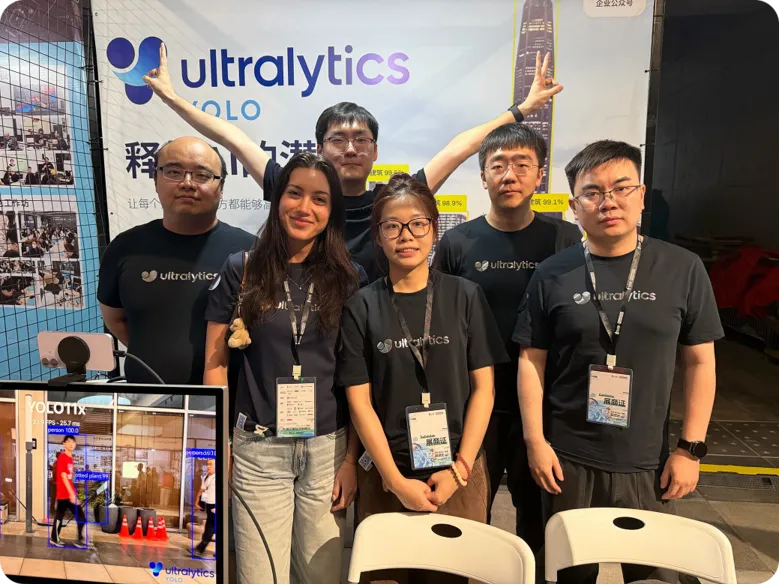Prompt Engineering
Master the art of prompt engineering to guide AI models like LLMs for precise, high-quality outputs in content, customer service, and more.
Prompt engineering is the strategic process of structuring and optimizing input text, known as prompts, to effectively
guide
Artificial Intelligence (AI) models
toward generating specific, high-quality outputs. While initially popularized by the rise of
Large Language Models (LLMs) like
GPT-4, this discipline has evolved into a critical skill for
interacting with various generative systems. It involves understanding the nuances of how a model interprets language,
context, and instructions to bridge the gap between human intent and machine execution. By carefully selecting words,
formatting constraints, and providing context, users can significantly improve the accuracy and relevance of
generative AI responses without needing to alter the
model's underlying parameters.
The Mechanics of Effective Prompts
At its core, prompt engineering relies on the principle that AI models are sensitive to the phrasing and structure of
inputs. A well-engineered prompt usually contains specific components designed to reduce ambiguity. These include
explicit instructions, relevant background information (context), and output specifications such as format—for
instance, requesting a response in JSON or a bulleted list.
Advanced techniques include few-shot learning,
where the user provides examples of the desired input-output pairs within the prompt to guide the model's reasoning.
Another powerful method is
chain-of-thought prompting, which
encourages the model to break down complex problems into intermediate reasoning steps, improving performance on
logic-heavy tasks as detailed in
Google Research
publications.
Relevance in Computer Vision
While often associated with text generation, prompt engineering is increasingly vital in
Computer Vision (CV). Modern
multi-modal models and open-vocabulary detectors,
such as YOLO-World, allow users to define detection
targets using natural language rather than pre-defined class IDs. In this context, the "prompt" is the text
description of the object (e.g., "red helmet" vs. "helmet"). This capability, often referred to as
zero-shot learning, enables models to detect
objects they were not explicitly trained on, simply by processing the semantic relationship between the text prompt
and the visual features.
The following example demonstrates how prompt engineering is applied programmatically using the
ultralytics package to dynamically define classes for
object detection:
from ultralytics import YOLO
# Load a YOLO-World model capable of interpreting text prompts
model = YOLO("yolo-world.pt")
# Use prompt engineering to define custom classes without retraining
# The model aligns these text descriptions with visual features
model.set_classes(["person in safety vest", "forklift", "cardboard box"])
# Run inference on an image to detect the prompted objects
results = model.predict("warehouse.jpg")
Real-World Applications
The utility of prompt engineering spans across diverse industries, enhancing automation and creativity:
-
automated Content Generation: In marketing and media, professionals use detailed prompts to guide
text-to-image generators like
Midjourney or
Stable Diffusion. A specific prompt describing
lighting, artistic style, and composition allows designers to rapidly prototype visual assets, saving time compared
to traditional rendering methods.
-
Intelligent Customer Support: Companies deploy
chatbots powered by LLMs to handle customer inquiries.
Engineers craft "system prompts" that define the bot's persona (e.g., "You are a helpful technical
support assistant"), set boundaries to prevent hallucination, and instruct the AI to retrieve answers from a
specific knowledge base.
Distinguishing Related Concepts
It is important to differentiate prompt engineering from similar terms in the machine learning landscape:
-
Prompt Engineering vs. Prompt Tuning:
Prompt engineering involves manually crafting natural language queries. In contrast, prompt tuning is a
parameter-efficient mechanism that learns soft
embeddings (numerical vectors) during a training phase
to optimize model inputs, often invisible to the human user.
-
Prompt Engineering vs. Fine-Tuning:
Fine-tuning permanently updates the
model weights by training on a specialized dataset.
Prompt engineering does not change the model itself; it only optimizes the input during
real-time inference.
-
Prompt Engineering vs.
RAG:
Retrieval-Augmented Generation (RAG) is a system architecture that fetches external data to ground the model's
response. Prompt engineering is the technique used within RAG to correctly format that retrieved data and
present it to the LLM for processing.












